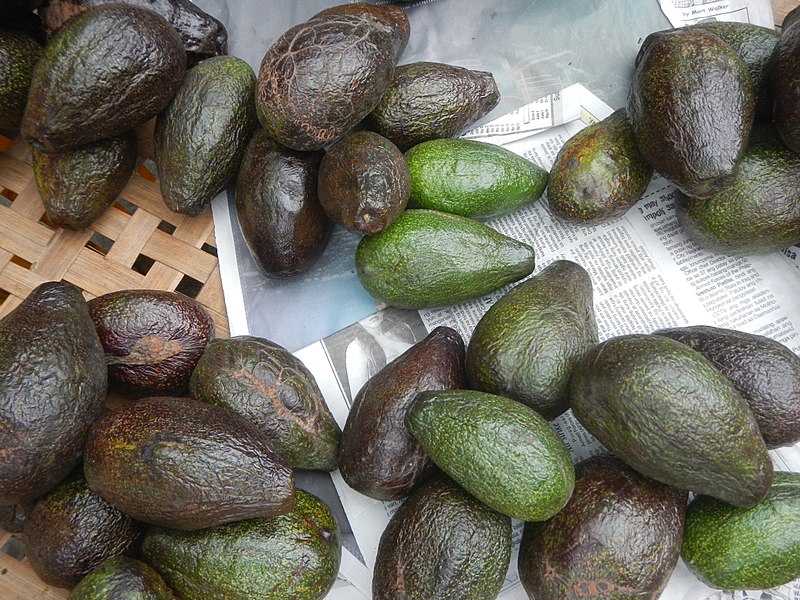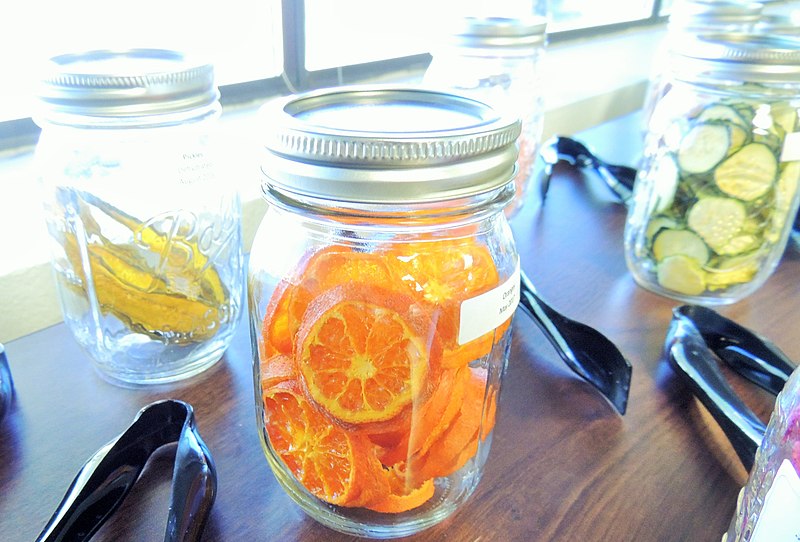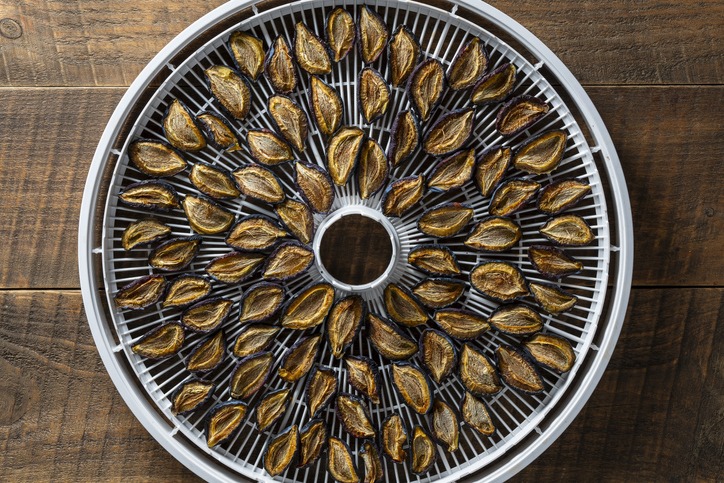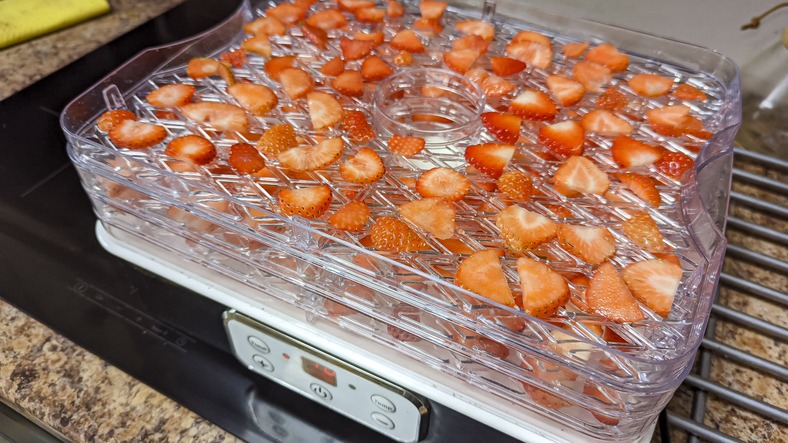Dehydrating food is a practice as old as civilization itself, offering an effective method for preservation by removing water content that bacteria, yeasts, and molds need to grow. While many foods are suitable for dehydration, which can extend shelf life and reduce storage space, certain foods are impractical or even unsafe to dehydrate. High fat content, for instance, can cause some foods to spoil rapidly, even after dehydration, as the process does not remove fat. Such foods can turn rancid, posing both a health risk and an unpleasant taste.
Additionally, some items don’t retain palatable textures or flavors once dehydrated. This can result in wasted effort and resources for those looking to preserve bulk quantities of food. Understanding which foods to avoid when dehydrating can save time and ensure the safety and quality of preserved goods.
Selecting the right foods for dehydration is crucial not only for successful preservation but also for maintaining nutritional value. It’s important to recognize that while dehydrating can concentrate flavors and make lightweight, portable snacks, it’s not suitable for every type of food. The goal is to achieve the maximum benefit from dehydration by focusing on items that retain their quality and provide convenience in their dehydrated form.
Understanding Dehydration
Dehydration is a critical process in preserving food by removing moisture, which inhibits the growth of microorganisms and enzymatic reactions. This section explores the mechanics of dehydrating food and the importance of water and electrolytes in this context.
The Dehydration Process
The process of dehydration involves the careful application of heat to draw out water from food. As water content decreases, so does the potential for bacteria, yeast, and molds to spoil the food. Each type of food requires a specific temperature for optimal dehydration, ensuring the removal of moisture without over-drying or cooking the product.
Key points include:
- Temperature management: Adjusting the heat appropriately to avoid damaging the food’s structure and nutritional value.
- Consistent air flow: To evenly desiccate the food, a steady flow of air is vital in transporting moisture away from the food.
Roles of Water and Electrolytes
In the context of dehydration, water acts as the medium for biological processes and must be sufficiently removed to prolong shelf life. However, in hydrating the body, water works in tandem with electrolytes—minerals like sodium, potassium, and magnesium—to regulate body functions.
Crucial considerations consist of:
- Balanced electrolytes: For human hydration, a balance of electrolytes is crucial to maintain cellular function and fluid distribution.
- Hydration after dehydration: When consuming dehydrated foods, it is important to drink ample water to rehydrate and replenish any lost electrolytes.
Foods to Avoid Dehydrating
When dehydrating foods, certain items are unsuitable due to high moisture, fat content, or complex structures that do not respond well to the dehydration process.
Non-Compatible Fruits and Vegetables
Some fruits and vegetables do not dehydrate well due to their high moisture content or structural composition. For instance:
- Avocados and olives are naturally high in fats, which can turn rancid when dehydrated.
- Watermelon and cucumbers contain a significant amount of water, making them poor candidates as they do not retain a desirable texture or flavor post-dehydration.
Dairy Products and Eggs
Dairy products and eggs should not be dehydrated due to safety and quality concerns:
- Milk and dairy products such as cheese have high protein and fat levels that are susceptible to bacterial growth when improperly dehydrated.
- Eggs, either raw or cooked, can also harbor bacteria if not dehydrated and stored properly, posing a risk of foodborne illness.
High-Fat Meats and Nuts
Foods high in fat do not dehydrate well as the fat can become rancid over time:
- Fatty meats should be avoided as they can spoil easily and do not preserve well when dehydrated.
- Certain nuts, which are high in oils and fats, might not be ideal for dehydrating as they can turn rancid, affecting both taste and safety.
Health and Safety Considerations
When dehydrating foods, it’s important to consider the risk of bacteria growth and how dehydration can impact dietary needs, especially regarding sodium and protein content.
Potential for Bacteria Growth
Bacteria thrive in moist environments, and improper dehydration can create conditions conducive to their proliferation, which can lead to food poisoning. The key is to dehydrate foods adequately and store them properly to minimize bacteria presence. Certain foods, especially those high in protein, are more susceptible to bacteria growth. One must ensure that meats are dehydrated at temperatures of at least 160°F (71°C) to prevent the risk of illnesses such as diarrhea, particularly in older adults and others with compromised immune systems.
Managing Dietary Concerns
Dehydrated foods often have a higher concentration of sodium, which is a health consideration for individuals monitoring their salt intake. It is crucial for consumers to be aware of the sodium content in their diet to avoid health issues associated with high sodium levels. Additionally, dehydration reduces the weight and volume of food, which can sometimes make it easy to overconsume, particularly with protein-rich foods. Individuals must manage portion sizes to maintain a balanced diet and ensure they are rehydrating by consuming adequate fluids to offset the water loss from eating dehydrated foods.
Optimizing Nutritional Value
When dehydrating foods, it is essential to select items that preserve their nutritional integrity and understand how the dehydration process affects vital nutrients.
Choosing the Right Foods for Dehydration
One must strategically select foods that retain their nutritional value upon dehydration. Foods rich in minerals, fibers, and vitamins that are less susceptible to heat degradation are ideal. For example, lean meats are excellent for dehydrating as they maintain protein content, while fruits and vegetables high in fibers are also good candidates. One should avoid dehydrating fatty meats since not only do they take longer to dehydrate, but their fat content can become rancid, causing spoilage and nutritional loss.
On the other hand, the dehydration of certain fruits, which might already be high in sugar concentrations, must be done with caution as it could lead to a higher caloric density per serving, potentially affecting nutritional balance when consumed.
Effects of Dehydration on Food Nutrients
Dehydration process can have varying effects on the nutrients within the food. While dehydration can preserve the calorie content of food, it’s vital to understand that some vitamins are more stable than others during the dehydration process. For instance, vitamin C and some B vitamins are heat-sensitive and might diminish in content through the process. When it comes to minerals, dehydration has little to no effect on their levels, so they remain largely intact. However, the preservation of antioxidants and enzymes in foods through dehydration can be variable; foods known for their antioxidant properties should be dehydrated with care to minimize loss of nutritional value.
Alternative Preservation Methods
While dehydrating food is a common preservation method, it’s not suitable for all types of food. Alternative methods like canning and freeze-drying offer different benefits that are better suited for certain items.
Canning and Freeze-Drying
Canning is a reliable preservation method that involves placing foods in jars and heating them to a temperature that destroys microorganisms and inactivates enzymes. This process also creates a vacuum seal that prevents new microorganisms from spoiling the food. There are two main canning techniques:
- Water Bath Canning: Suitable for high-acid foods like fruits, jams, and pickles.
- Pressure Canning: Used for low-acid foods such as vegetables, meats, and poultry.
Freeze-Drying, on the other hand, removes moisture from food through sublimation, turning water molecules directly from ice to vapor without passing through a liquid state. This process retains the food’s structure, nutritional value, and taste, making it lightweight and shelf-stable.
Refrigeration and Preservation Techniques
Refrigeration is perhaps the simplest method of food preservation available. It slows down the growth of bacteria, yeasts, and molds vastly extending the shelf life of perishable foods.
Other preservation techniques utilize a variety of methods such as:
- Salting: Drawing out moisture to inhibit bacterial growth.
- Pickling: Using vinegar or brine to create an acidic environment that preserves food.
- Fermentation: Allowing natural bacteria to convert carbohydrates to alcohols or organic acids under anaerobic conditions.
Each preservation method has its own set of foods it works best with, and choosing the right one is key for maintaining the safety, nutrition, and flavor of preserved foods.
Practical Tips for Dehydrating Food
Dehydrating food requires careful preparation and appropriate equipment selection to ensure quality preservation. Below are targeted strategies to optimize the dehydration process.
Preparation Techniques
Before dehydrating, it’s essential that the food is prepped correctly to enhance drying efficiency and the quality of the final product. Fruits and vegetables should be washed, peeled, and sliced uniformly to promote even drying. Meats must be lean, as fat does not dehydrate well and can cause the food to spoil. Blanching vegetables can deactivate enzymes that affect flavor and texture during storage. For herbs, clean them thoroughly and remove any damaged leaves.
Selecting a Dehydration Method
Choosing the right dehydration method matters for achieving the best results.
- Sun drying is suited for regions with high temperatures and low humidity and is ideal for fruits such as figs and mangos.
- Oven drying is accessible for those without special equipment, requiring an oven that can maintain low temperatures, typically between 140°F to 160°F.
- Electric dehydrators are designed specifically for this purpose, offering the most control over temperature and airflow, which are crucial for food safety and quality.
For efficient dehydration, ensure the chosen method allows for proper air circulation around the food. Remember to monitor the process closely, as over-dehydration can lead to overly dry and brittle results, whereas under-dehydration can encourage microbial growth.
Frequently Dehydrated Foods
Many foods are ideally suited for dehydration, providing a convenient and long-lasting way to preserve them. Two categories, fruits and vegetables as well as meats and alternatives, are particularly common choices for dehydration due to their superior texture and flavor retention after the process.
Fruits and Vegetables Best Suited for Dehydration
Dehydrating fruits and vegetables is a popular method to concentrate flavors and extend their shelf life.
- Fruits: Certain fruits are particular favorites for dehydrating.
- Apples: Known for maintaining taste and texture when dried.
- Bananas: Often turned into chips or slices, retaining sweetness.
- Fruit Leather: Made from pureed fruit spread thinly and dried, popular with a variety of fruits.
- Vegetables: Many vegetables also dehydrate well for use in cooking and snacks.
- Tomatoes: Can be sun-dried or machine-dehydrated, often used in cooking.
- Leafy Greens: Kale and spinach are dried for chips or powder.
- Mushrooms: Notably good for dehydrating, retaining flavor for soups and sauces.
- Root Vegetables: Carrots, potatoes, and celery are often dehydrated for soups and stews.
Meats and Alternatives
Protein sources like meats are frequently dehydrated for snacking or long-term storage.
- Meats: The dehydration of meats must be handled with care to reduce the risk of foodborne illness.
- Jerky: Made from lean cuts of beef, turkey, or even salmon, dehydrated at low temperatures to retain a chewy texture.
- Lean Ground Meats: Can be dehydrated after cooking to be used in dishes like chili or spaghetti sauce.
This method of food preservation not only offers a longer shelf life but also makes the food items lighter and more compact, which is ideal for storage and transport.
Maintaining Hydration and Health
Maintaining proper hydration is essential for the body’s overall health, affecting everything from digestion to joint lubrication. An individual’s daily water intake plays a crucial role, and consuming hydrating foods can bolster hydration levels.
Hydrating Foods and Beverages
To support hydration, individuals should prioritize the intake of hydrating foods and beverages. Water-rich foods such as watermelon, cucumbers, and strawberries can contribute significantly to hydration. Additionally, beverages like juices, broths, soups, smoothies, and tea are not only enjoyable but also help in maintaining adequate fluid levels. It is important to note, while sports drinks can be beneficial during high-intensity activities or in hot climates due to their electrolytes, they often contain high levels of sugars and should be consumed in moderation.
- Top Hydrating Foods:
- Cucumbers
- Strawberries
- Watermelon
- Hydrating Beverages:
- Fruit and vegetable juices (preferably with no added sugars)
- Clear broths
- Herbal teas (caffeine-free to minimize diuretic effects)
Daily Water Intake and Signs of Dehydration
The recommended daily water intake for women is approximately nine cups (72 ounces), while men require roughly 12.5 cups (100 ounces). These figures vary based on body size, climate, and physical activity levels. Recognizing the signs of dehydration is vital and can prevent more serious health issues. Common signs include thirst, fatigue, dry mouth, and constipation. Individuals should respond to these signals promptly by increasing their fluid intake.
- Signs of Dehydration:
- Thirst
- Fatigue
- Dry mouth
- Constipation
To prevent dehydration, responding to one’s sensation of thirst is critical, as it is the body’s innate cue for needing fluids. Moreover, monitoring the frequency and characteristics of sweat can offer insights into fluid loss and the need for rehydration.
Frequently Asked Questions
In dehydrating foods, certain choices are better suited than others. Understanding which foods to avoid and the potential risks ensures safe and effective dehydration practices.
Which foods are unsuitable for dehydration?
Foods with high moisture content that don’t easily release water, like oranges and watermelon, are typically unsuitable for dehydration. Fatty meats and dairy products are also not ideal, as they can spoil and do not dry effectively.
Are there any health risks associated with dehydrating certain types of food?
Yes, dehydrating the wrong types of food can increase the risk of foodborne illnesses. Foods with high fat or dairy content may spoil during the dehydration process, which can lead to bacterial growth and potential consumption risks.
What ingredients should be avoided when preparing food for dehydration?
Ingredients such as salt and sugar should be used cautiously, as they can increase the drying time and potentially lead to over-dehydration or overly tough textures in the final product. Oils and fats should be avoided as they can turn rancid.
Can all vegetables and fruits be safely dehydrated?
Most vegetables and fruits can be dehydrated safely; however, juicy fruits with high sugar content may take significantly longer to dry and may not store well. Vegetables with a high water content, like cucumbers, also might not preserve well after dehydration.
Why are some foods not recommended for dehydration?
Some foods are not recommended for dehydration because they retain their moisture, do not have a pleasant texture or taste after drying, or are prone to spoilage due to their fat or dairy content. These foods can compromise the safety and quality of the dehydrated product.
What are the common mistakes to avoid in the food dehydration process?
Common mistakes include not slicing food uniformly, leading to uneven drying, and trying to dehydrate foods with too much fat or natural oils, which can result in spoilage. Overloading the dehydrator can also prevent proper air circulation, causing some foods to dry improperly.




